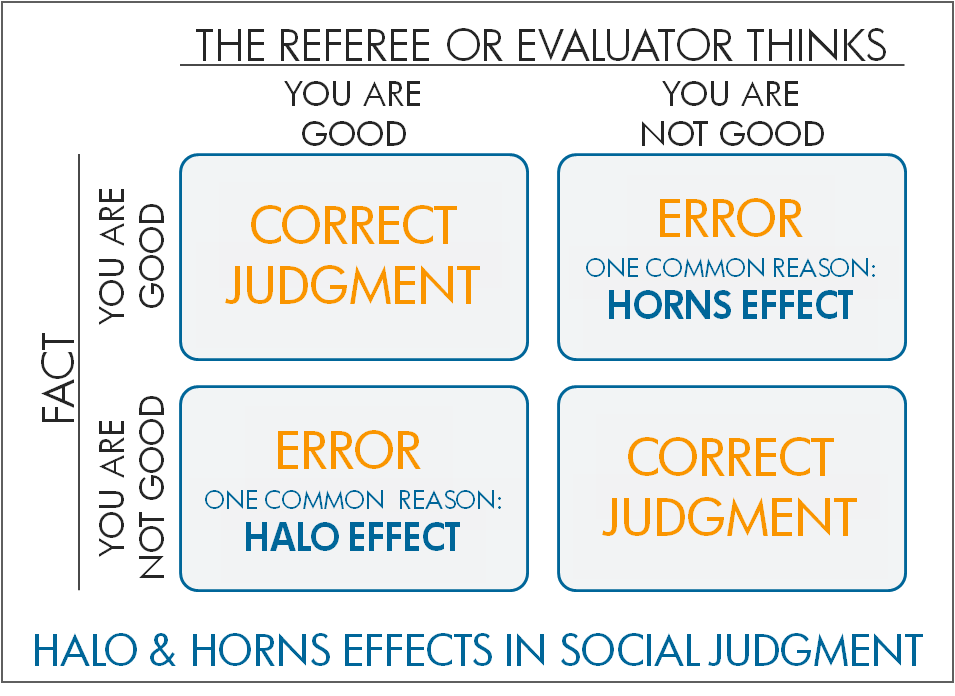
Many corporate mergers and acquisitions (M&As) fail to realize their wished-for synergies, and eventually fall short of producing value to the stakeholders. Some years ago, a KPMG survey estimated that 83 percent of all mergers fail to create value and half may actually destroy value.
M&As invariably produce disappointing results because of a variety of reasons. One of the principal reasons has to do with the failure of management to integrate successfully the operating cultures of the individual companies. During M&A deals, the due diligence processes tend to focus more on the corporate matters (market synergies, product or service offerings, financial projections, legal and regulatory matters, etc.) and overlook the organizational and cultural challenges.
Integrating Conflicting Corporate Cultures
Undoubtedly, the biggest barrier of post-merger integration is the conflicting corporate cultures of the individual companies. Management consultant Rick Maurer likens corporate mergers to the marriage of two single parents each with their own children—“just because mom and dad are so in love, they fail to see that the kids don’t get along.”
During a merger, two organizations with unique cultures cease to exist and a new organization is supposed to establish. The erstwhile individual organizations simply will not let go of the past and move on. In time, when the “stronger” partner tries to thrust its culture on the new combined organization, employees of the “weaker” partner resist change. This impairs cooperation among employees, as was case with AT&T’s unsuccessful acquisition of NCR in the early ’90s.
Forcing Employees to Mesh
 If cultural differences are far apart, the merged companies often fail to compromise and stick to a middle ground. The ill-fated Daimler-Chrysler merger suffered immensely from differences in the engineering and corporate cultures of the supposedly equal partners, Daimler-Benz and Chrysler Corporation, as well from differences in the national cultures of Germany and the United States. Within years of the merger, the dominance of the Daimler culture did not go well with employees in the United States. In December 2001, DaimlerChrysler CEO Jürgen Schrempp exclaimed, “What happened to the dynamic, can-do cowboy culture I bought”
If cultural differences are far apart, the merged companies often fail to compromise and stick to a middle ground. The ill-fated Daimler-Chrysler merger suffered immensely from differences in the engineering and corporate cultures of the supposedly equal partners, Daimler-Benz and Chrysler Corporation, as well from differences in the national cultures of Germany and the United States. Within years of the merger, the dominance of the Daimler culture did not go well with employees in the United States. In December 2001, DaimlerChrysler CEO Jürgen Schrempp exclaimed, “What happened to the dynamic, can-do cowboy culture I bought”
 Combining two individual cultures and intricate administrative processes is very difficult to execute and manage successfully. Forcing employees to mesh behind the scenes is often ineffective because differences in organizational cultures are indiscernible to the top management. Take, for example, the merger of the Phoenix-based America West and Washington, D.C area-based US Airways in 2005. Many years into the merger, US Airways’s managers spoke of the “east side” (referring to the former US Airways) and the “west side” (referring to America West.) The unions continued to squabble over pilot seniority. Even though the company obtained a single operating certificate, two distinct cultures functioned internally resulting in poor employee morale, unhappy customers, and unpredictable financial performance.
Combining two individual cultures and intricate administrative processes is very difficult to execute and manage successfully. Forcing employees to mesh behind the scenes is often ineffective because differences in organizational cultures are indiscernible to the top management. Take, for example, the merger of the Phoenix-based America West and Washington, D.C area-based US Airways in 2005. Many years into the merger, US Airways’s managers spoke of the “east side” (referring to the former US Airways) and the “west side” (referring to America West.) The unions continued to squabble over pilot seniority. Even though the company obtained a single operating certificate, two distinct cultures functioned internally resulting in poor employee morale, unhappy customers, and unpredictable financial performance.
Retaining Key Talent
Sagging morale and employee disorientation about job insecurity, company structure, seniority, decision-making processes, and promotion and growth opportunities often constitute another barrier to successful post-merger integration. Employees of the “weaker” partner or the acquired company tend to distrust the management of the “stronger” partner or the acquiring company. Fears of layoffs and new power equations in the merged entities often result in the exodus of key talent from the acquired company.

Engaging the Rank-and-file
“Human due diligence is every bit as important as financial due diligence. Ultimately, every deal will succeed or fail based on the collective efforts of the individuals who make it up.”
* David Harding
The success or failure of a merger results not from what happens at the top management level, but from what happens at the rank-and-file level. The importance of engaging the rank-and-file employees in the merger process and retaining key talent during the initial transition period cannot be overstated.
Recommended Resources
- Bain consultant David Harding offers insights into M&A best practices in his book, “Mastering the Merger: Four Critical Decisions That Make or Break the Deal”
- Wally Bock illustrates the importance of integrating corporate cultures with case studies from Chevron + Gulf Oil and HP + EDS
- Carol Hymowitz’s WSJ article “In Deal-Making, Keep People in Mind” lists cultural problems that plagued other mergers
